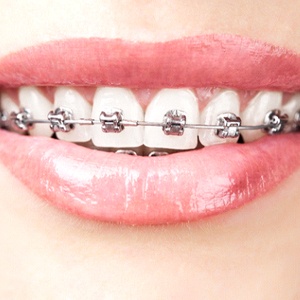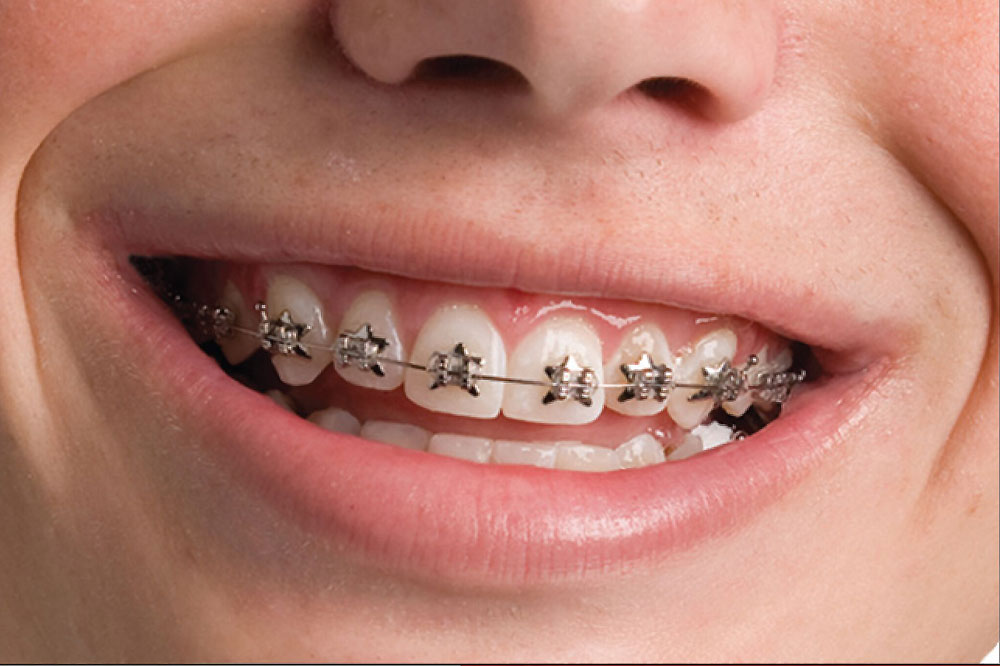How Cumming Orthodontics Can Change Your Smile with Invisalign and Braces
Comprehensive Guide to Orthodontics Procedures for Dealing With Dental Imbalances
Understanding the ins and outs of each treatment, including their mechanisms, benefits, and potential drawbacks, is important in making notified choices regarding one's orthodontic therapy. As we browse via the thorough overview to orthodontic treatments for remedying oral imbalances, the complex information of each technique will unfold, losing light on the course towards a practical and harmonious dental positioning.
Orthodontic Procedures Introduction

In addition to traditional dental braces and clear aligners, orthodontists might also advise various other interventions like headwear, palatal expanders, or retainers to deal with specific alignment issues (cumming orthodontist). These procedures are customized to each person's special requirements and might include a combination of therapies to accomplish the wanted outcomes. Regular modifications and monitoring are critical parts of orthodontic therapy to guarantee progression gets on track and to make any kind of required alterations along the road. By undertaking orthodontic treatments, patients can not just achieve a straighter smile yet also enhance their overall dental health and function.
Conventional Dental Braces: Just How They Function
When considering orthodontic therapies for dental imbalances, standard dental braces stand out as a time-tested approach for fixing teeth placing. Conventional dental braces consist of brackets, wires, and bands that function together to apply continual pressure on the teeth, slowly relocating them into the preferred alignment.
One secret aspect of exactly how conventional dental braces work is the process of bone remodeling. As pressure is related to the teeth through the braces, the bone bordering the teeth is reshaped to support the brand-new tooth placements. This renovation is essential for the lasting stability of the remedied alignment. Clients will certainly require regular modifications at the orthodontist's workplace to guarantee the braces proceed to use the appropriate pressure for efficient teeth movement.
Unseen Aligners: Cons and pros
Unseen aligners offer a convenient and discreet alternative to conventional dental braces for remedying oral misalignments. These clear, customized trays are practically undetectable when put on, making them an attractive option for individuals seeking a more visually pleasing orthodontic treatment. One of the main benefits of unnoticeable aligners is their removability, permitting for much easier upkeep of dental health compared to conventional braces. Patients can remove the aligners prior to eating or brushing their teeth, reducing the risk of food obtaining embeded the home appliance and simplifying the cleaning procedure.

Surgical Orthodontic Options
Surgical treatments in orthodontics present practical alternatives for read this post here addressing complicated oral imbalances that may not be efficiently solved via standard orthodontic treatments. While conventional braces and undetectable aligners can correct many orthodontic issues, specific situations need surgical intervention to accomplish ideal results. Surgical orthodontic choices are normally advised for severe malocclusions, considerable jaw inconsistencies, and situations where the underlying bone structure needs modification to achieve proper alignment.
One common medical orthodontic treatment is orthognathic surgical procedure, which entails repositioning the jaws to deal with useful issues such as difficulty chewing or speaking. This surgical treatment is commonly performed in collaboration with an orthodontist that assists line up the teeth before and after the treatment. Surgical orthodontics might likewise entail treatments to subject impacted teeth, remove excess periodontal tissue, or improve the jawbone to produce a more harmonious facial account.
Before considering medical orthodontic choices, patients undertake a detailed evaluation to figure out the need and prospective advantages of such treatments. braces. While surgical procedure might seem challenging, it can dramatically enhance both the feature and looks of the smile in cases where standard orthodontic treatments fall short
Retainers and Post-Treatment Treatment

Failure to abide with post-treatment care directions can result in regression, where the teeth progressively relocate back in the direction of their initial placements. Consistent retainer wear, good oral health, and routine oral examinations are crucial for maintaining the outcomes attained with orthodontic surgical procedure and making certain the lasting security of the dealt with oral positioning.
Final Thought
Finally, orthodontic procedures provide different options for fixing dental misalignments. Traditional dental braces utilize metal brackets and cords to check these guys out change teeth right into appropriate positioning. Unnoticeable aligners offer a more discreet choice yet may not appropriate for all cases. Surgical orthodontic alternatives are readily available for a lot more severe misalignments. Retainers are generally made use of post-treatment to preserve the new placement. Generally, orthodontic procedures can effectively boost dental wellness and visual appearance.
As we navigate with the comprehensive overview to orthodontic procedures for remedying dental imbalances, the intricate details of each approach will certainly unfold, dropping light on the path toward a unified and practical dental placement. - cumming invisalign
One of the most typical orthodontic therapies is the use of braces, which are composed of metal brackets and cords that apply gentle stress to gradually shift teeth into the wanted position.When taking into consideration orthodontic therapies for dental misalignments, standard dental braces stand out as a time-tested approach for fixing teeth positioning. Furthermore, undetectable aligners may not be Full Report appropriate for complex orthodontic concerns that require more substantial teeth motion, as they are normally suggested for light to moderate instances. Retainers are personalized orthodontic gadgets developed to hold teeth in their dealt with positions after the completion of orthodontic treatment.